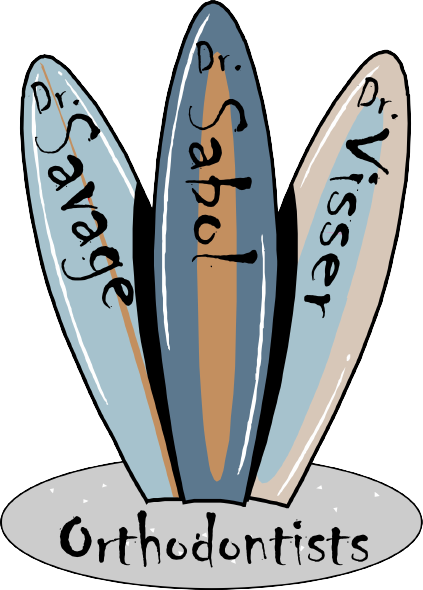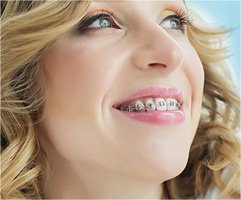Having an underbite can negatively impact your oral health, function, and self-esteem. Thankfully, today’s orthodontic treatments like braces offer safe and effective ways to correct underbites. Read on to learn more about what causes underbites, if braces can fix the issue, and what the treatment process involves.
What is an Underbite?
An underbite is a condition where the lower row of teeth sits in front of the upper row. This causes the lower jaw to extend outward beyond the upper jaw, creating a “bulldog” appearance. An underbite affects about 5% of the population and is more common in men. It can be caused by genetics, childhood habits, missing teeth, or jaw trauma. While underbites are rarely health-threatening, they can impact self-esteem and lead to abnormal wear of the teeth. Fortunately, today’s braces can successfully and discreetly correct underbites.
What are the Classes of Underbite?
Underbites are categorized into three classes that indicate severity level.
- Class I underbites are mild, with only a slight overlap of the upper front teeth by the lower teeth. This has minimal aesthetic or functional impact.
- Class II underbites are more pronounced, with the lower teeth overlapping the upper to a greater degree. The upper jaw may appear recessed.
- Class III underbites are severe, causing obvious facial imbalance. The lower jaw protrudes outward substantially, well in front of the upper jaw and teeth. This affects appearance significantly.
The class of underbite impacts the complexity and length of orthodontic correction. Milder Class I cases require less intervention than severe Class III underbites. Fortunately, braces and other appliances can improve underbites in any class.
How Do Braces Fix Underbites?
Modern orthodontic techniques offer several approaches to moving the teeth and jaw into proper alignment to close an underbite. This may involve a combination of:
- Using braces to tip the top teeth downward and front teeth back, while tipping bottom teeth upward and back. This levels out the bite.
- Installing bite blocks on the back top teeth to hold the lower jaw forward while braces straighten and align teeth. This evens out the protruding lower jaw.
- In severe cases, using headgear to guide jaw growth or rubber bands to shift jaw position. These are worn in conjunction with braces.
- Occasionally, extracting teeth to improve alignment. This is not needed with most underbites.
- Monitoring growth in children to prevent worsening of the underbite. Early intervention leads to better outcomes.
The exact techniques used will depend on the patient’s unique bite issues and whether they have stopped growing. But in most cases, today’s advanced braces can successfully fix an underbite without surgery.
What are the Benefits of Correcting an Underbite?
Fixing an underbite provides both health and aesthetic benefits. It allows for proper bite functioning when eating and speaking. It evens out uneven tooth wear and jaw strain caused by the misalignment. Orthodontic correction also gives the face a more balanced, uniform look. And it boosts self-confidence and comfort in social situations.
How Long Does Treatment Take?
The length of braces treatment for an underbite ranges from 12 to 24 months on average. More severe underbites take longer to correct than mild cases. Using a combination of techniques allows underbites to be fixed faster than in years past. The level of patient compliance with wearing braces and auxiliaries as directed also impacts treatment time.
If you have concerns about an underbite, contact us today at our Virginia Beach office. Drs. Savage, Sabol and Visser can advise you on the latest corrective options.













